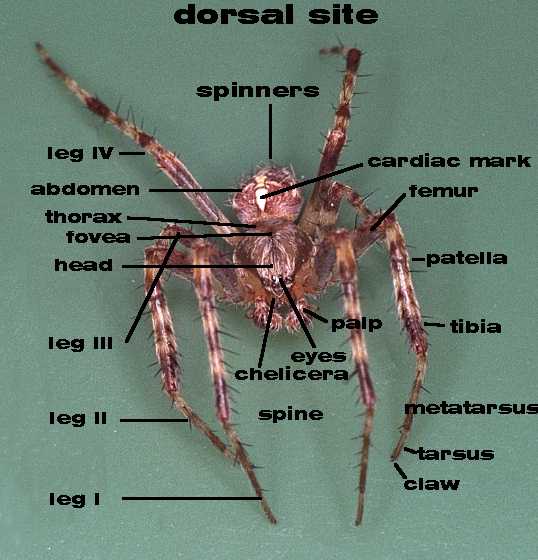In the spirit of Halloween, I thought I'd show you some close-up photos of an orb-weaver spider (probably
Neoscona crucifera) eating her prey. But while you're having fun with these, remember the cross on the spider's abdomen (visible in the next post) and that this day is also Reformation Day.
I read that females of this species become diurnal in late summer, into autumn. Well, I found this spider feasting on a wasp or hornet (it's hard to tell) in the center of her web one afternoon. I brought out my big lens (100-400 mm + 2X teleconverter, adding up to 800 mm at full extension) to really zoom in on this beautiful specimen. I used a tripod as well because of the weight of the lens. The photos start out somewhat distant, but I got closer shots as I went along. The main adversary I had was the constant wind. Do you know how hard it is to take photographs of a spider on a windy day? Not only did the wind blow the spider about, but it interfered with my AF. But the pictures were worth it!
 |
| "Mwahahaha!" At this point I felt she was getting a little arrogant about the whole thing. |
 |
| She just let the body dangle there, mocking, as it were, the insect's entire species. |
 |
| This fly must have had a death wish... |
 |
| Flying right past the spider! Fortunately she was occupied. |
 |
| Yum!...Bee smoothie. |
 |
| Another fly with a death wish... |
 |
| When will these flies learn? |
 |
| Ah, so that's why the flies are around! They're hoping the spider will share! Better watch out, though: they might become the meal. |
 |
| Lightsaber! Haha, an incredibly timely shot of a thread of silk coming out of the spider's spinnerets. |
 |
| The spider's chelicerae, or mouthparts, are visible in this photo and in the ones below. |
 |
| You can see the fangs in this photo. |
 |
| I believe that's the bee's proboscis sticking out towards the bottom. It could also be an antenna or a leg. |
 |
| It looks like the bee's proboscis (or whatever appendage that is) is protruding through the web. |
 |
| Those could be antennae dangling. Maybe legs? Or just body parts? |
 |
| The spider was manipulating the bee one moment... |
 |
| And then the next moment the bee was gone. I don't know whether she dropped it on purpose or lost her grip on it. |
 |
| A good view of the chelicerae in between the pedipalps. |
 |
| At this point she started moving around quite a bit. I'm not sure why. But it did afford me a chance to get some different angles with my camera. |
 |
| Then she settled down. |
 |
| The resting posture. |







































































No comments:
Post a Comment